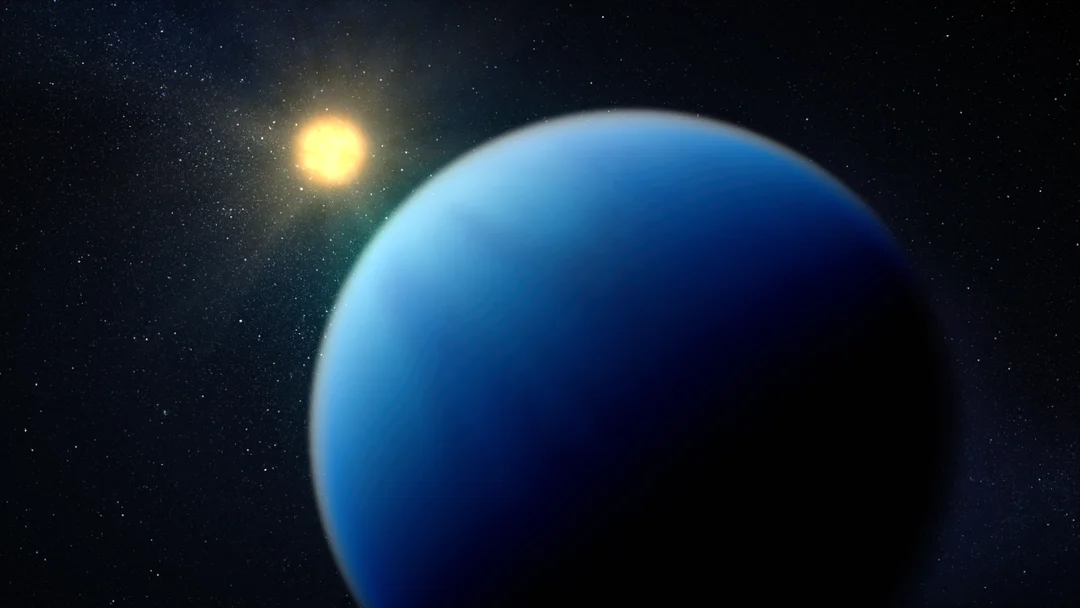
JWST Unlocks Mysteries of ‘Hot’ Sub-Neptunes: A New Era in Exoplanet Research
The James Webb Space Telescope (JWST) is revolutionizing exoplanet research, offering unprecedented insights into the atmospheres of distant worlds. A recent study focusing on TOI-421 b, a hot sub-Neptune exoplanet, has challenged existing theories and opened new avenues for understanding these ubiquitous, yet mysterious, celestial bodies.
Sub-Neptunes are planets with radii larger than Earth but smaller than Neptune. Surprisingly, these planets are the most common type of exoplanet observed in our galaxy, yet they are absent from our own solar system. Why? The JWST is helping scientists find answers.

Before JWST, probing the atmospheres of sub-Neptunes proved challenging. Their transmission spectra, which reveal chemical fingerprints, often appeared flat and featureless, hindering efforts to determine atmospheric composition. Astronomers suspected that thick hazes and clouds were obscuring the signals.
However, TOI-421 b, orbiting a Sun-like star 244 light-years away and boasting a scorching temperature of 1,340 degrees Fahrenheit (727 degrees Celsius), presented a unique opportunity. Researchers hypothesized that its high temperature might prevent the formation of obscuring hazes.
"I had been waiting my entire career for Webb so that we could meaningfully characterize the atmospheres of these smaller planets," said Eliza Kempton, a professor of astronomy at the University of Maryland and a principal investigator for the JWST.
JWST's observations confirmed their suspicions, revealing a clear atmosphere rich in water vapor, and tentatively detecting carbon monoxide and sulfur dioxide. Notably, no methane or carbon dioxide was found. Even more surprising, data indicated a hydrogen-rich atmosphere.

"We saw spectral features that we attribute to various gases, and that allowed us to determine the composition of the atmosphere," explained Brian Davenport, a Ph.D. student at the University of Maryland.
This finding contradicts previous observations of cooler sub-Neptunes, which exhibited heavy-molecule atmospheres. The hydrogen-dominated atmosphere of TOI-421 b mimics the composition of its host star, suggesting a different formation and evolution process.
The discovery further sheds light on the radius gap, or radius valley, a puzzling scarcity of planets between 1.5 and 2.0 Earth radii. Scientists believe that stellar radiation strips away the atmospheres of some planets, transforming larger sub-Neptunes into smaller super-Earths, creating the gap.
The team's observations also suggest that TOI-421 b has a primordial atmosphere, supporting the theory that the radius valley is shaped by mass-loss processes. Further study of hot sub-Neptunes orbiting Sun-like stars is crucial to determining if TOI-421 b is unique or representative of a broader trend.
The initial results from the JWST open up many paths surrounding planetary formation. Only more observations can tell as scientists work to better understand space.
What implications might these discoveries have for our understanding of planetary formation and the potential for life beyond our solar system? Share your thoughts and theories in the comments below!